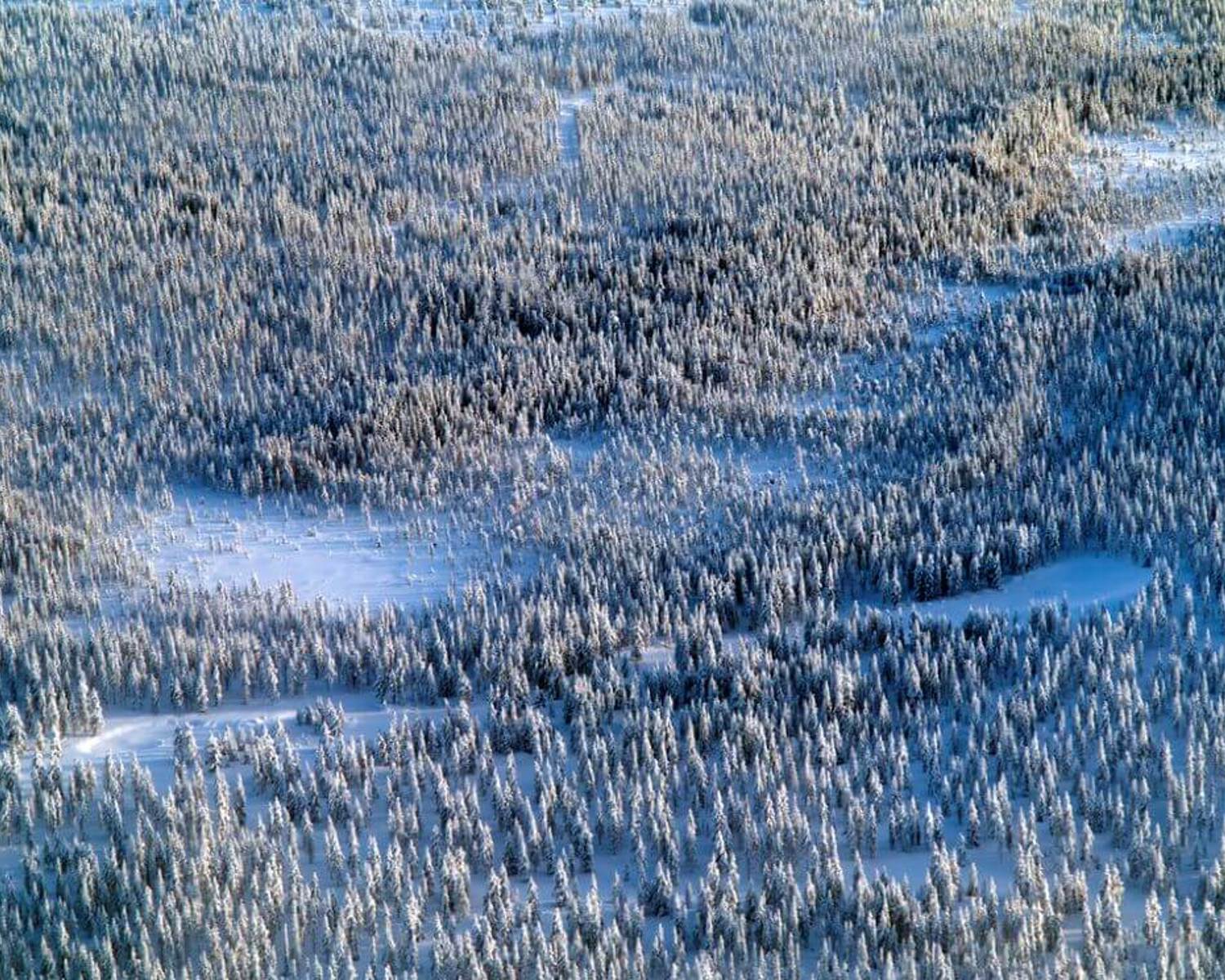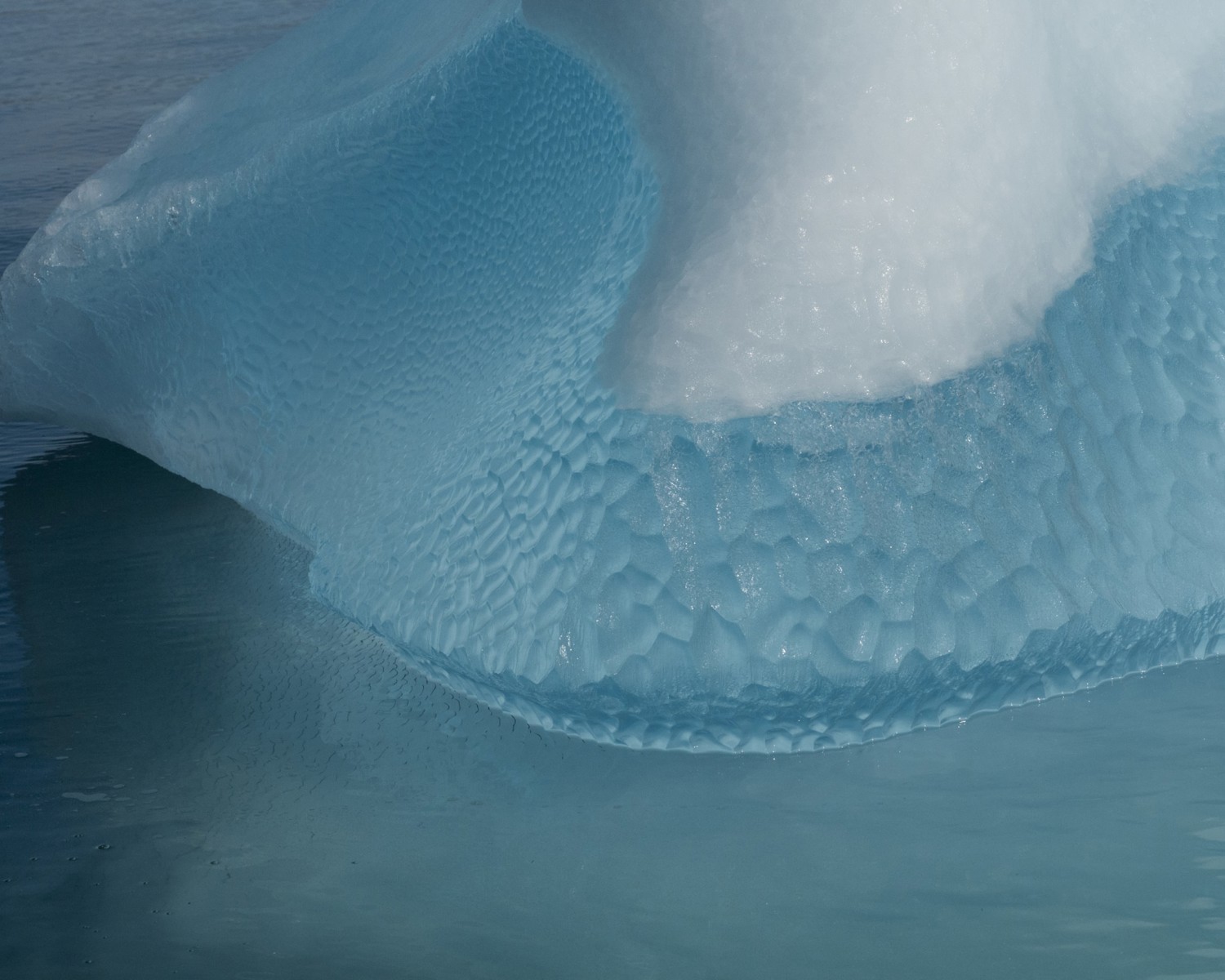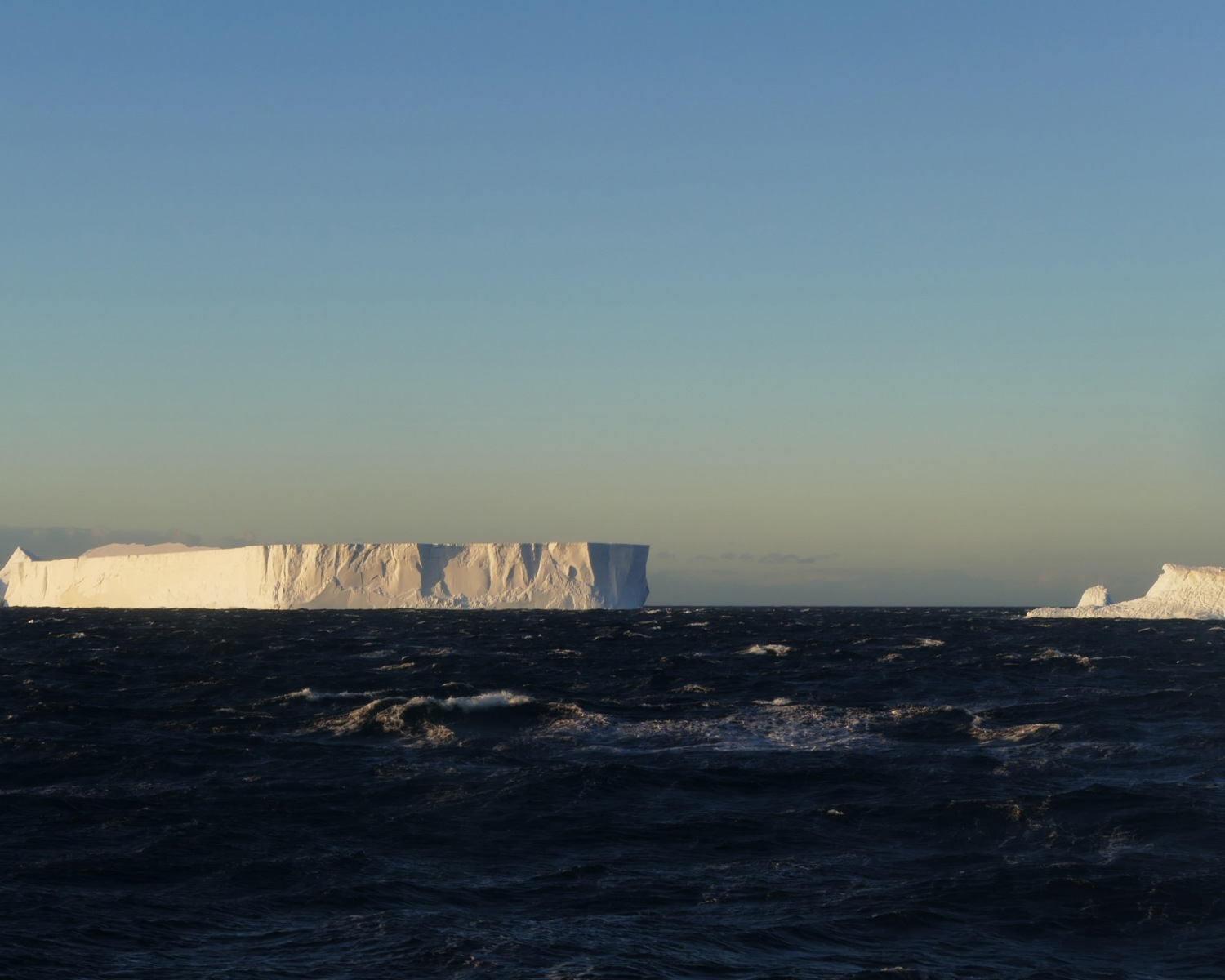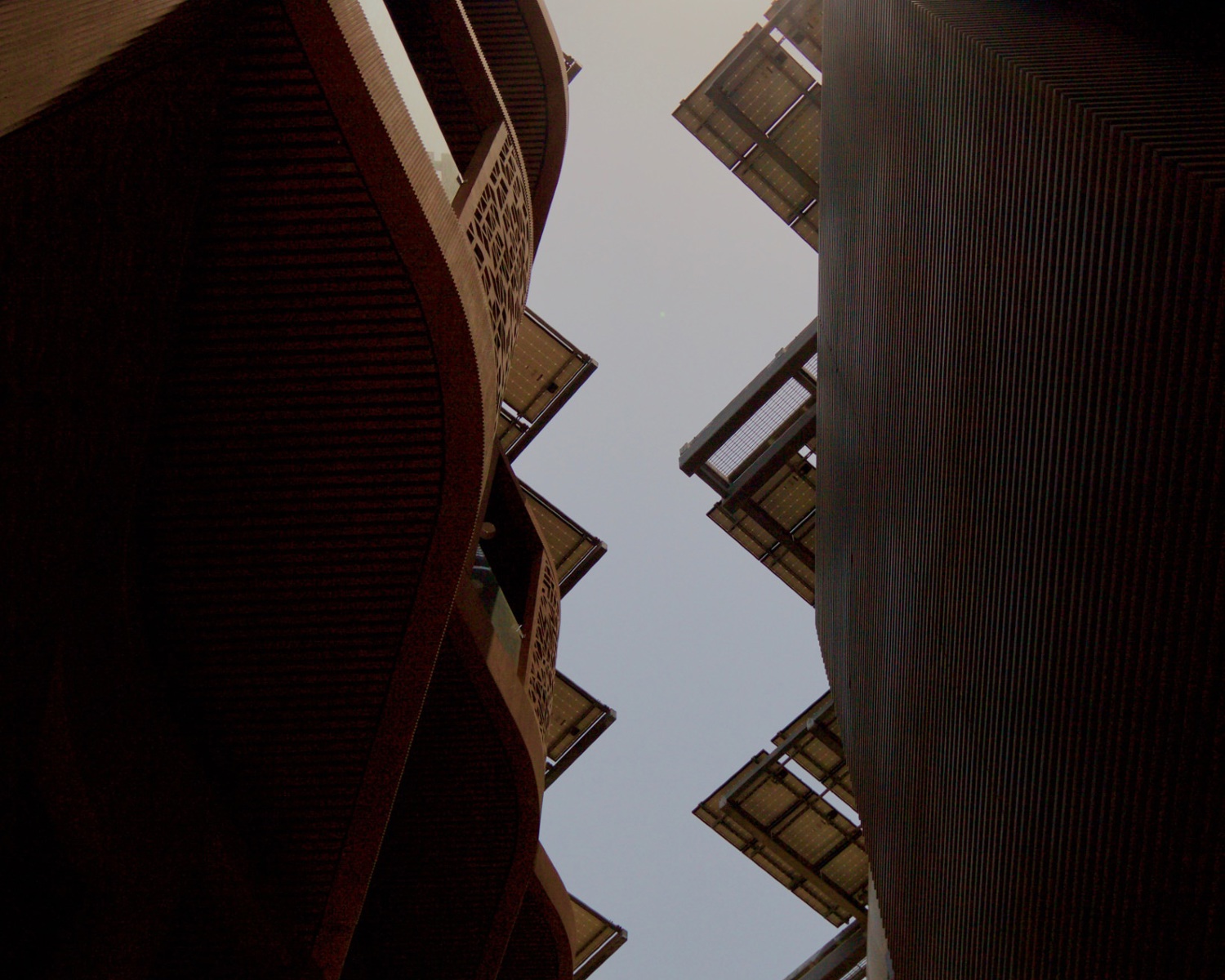Enhanced weathering (on land)
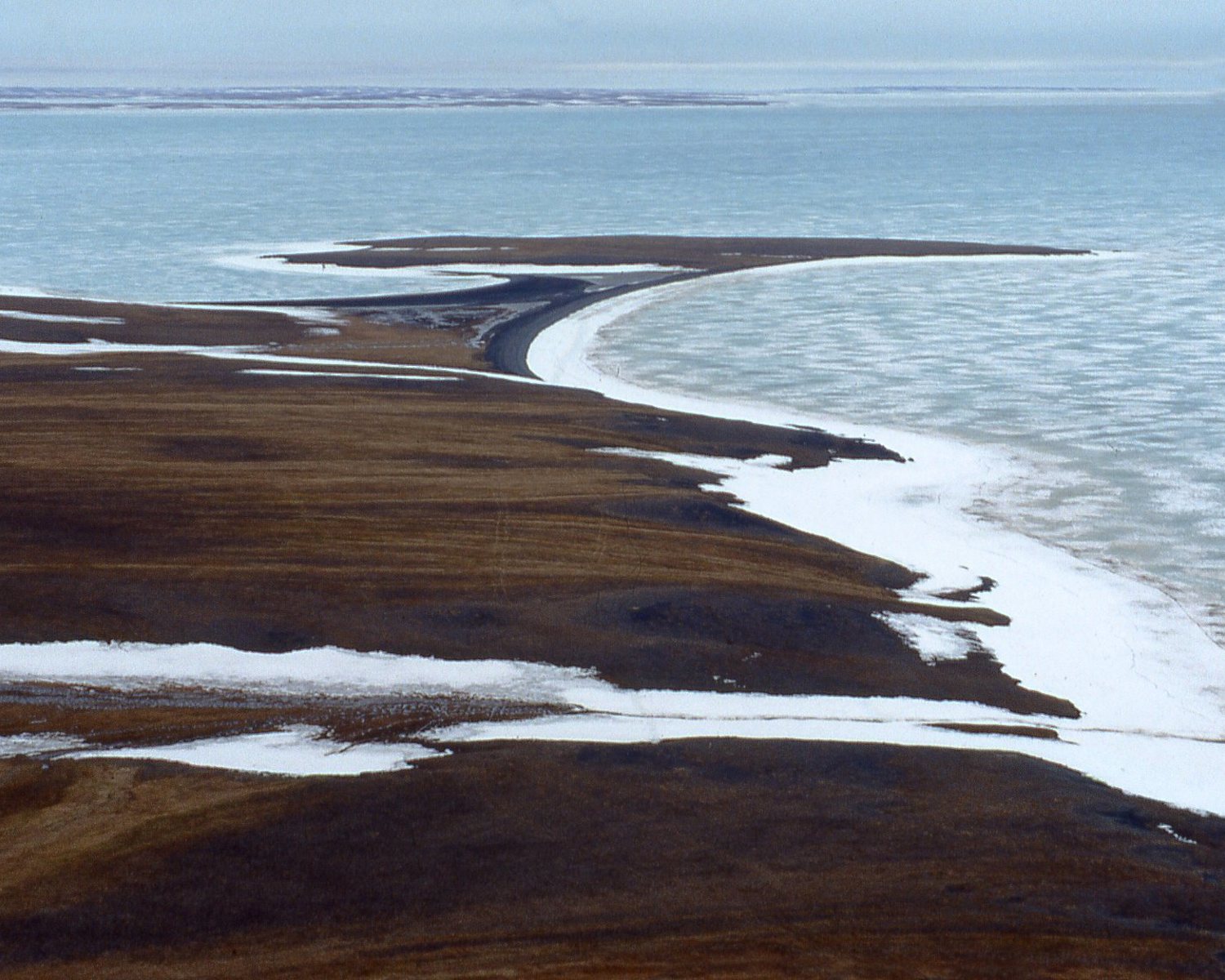
Enhanced weathering (EW) is a measure that seeks to enhance and speed up the process of rock weathering in which CO2 reacts with minerals (Schuiling and Krijgsman 2006) that naturally occurs and already consumes 1.1 Gt CO2 per year (Ciais et al. 2014).
EW would seek to encourage this by grinding up silicate rocks to increase their surface area. Calcium and magnesium rich rocks like olivine or basalt would be most feasible (Beerling et al. 2018). The used rocks could either be mined for the purpose or be rest products of the mining industry. Alternatively, other waste sources could also be used (Renforth 2019), with incinerator ash, fly ash, or steelmaking slag all being considered for use towards similar purposes (Möllersten and Naqvi, 2022). Here the application of such rocks on land will be considered, although it has also been suggested to add them to seawater (see Ocean Alkalinity Enhancement). Apart from direct chemical carbon sequestration, EW could also sequester carbon indirectly by providing nutrients for plants which could then take up CO2 through photosynthesis (Fuss et al. 2018; Vicca et al. 2022).
Analysis overview

Technological Readiness Level (TRL)
Medium 2
The IPCC AR6 WG3 report (2022, p1267) gives EW a technological readiness level of 3 to 4, as there have been laboratory and field tests, but no scaled up proofs yet. Apart from effects at scale, research needs to be done on co benefits and side effects, and potential production and distribution methods (Beerling et al. 2018; IPCC AR6 WG3). Amann et al.’s (2018) field experiments for example highlighted large uncertainties, and the importance of water flow on EW efficacy, an observation that is seconded by Buckingham et al (2022).
Fawzy et al (2020) are more optimistic and claim 'enhanced weathering can be practically deployed at the moment.' The website of the Leverhulme Centre for Climate Change Mitigation is equally optimistic (sheffield.ac.uk/lc3m/research/faqs), as they write that 'Arable farms already apply crushed rock in the form of limestone to reduce the acidity of their soils that results from farming practices, including the use of fertilizers’, and that the availability of ‘infrastructure such as roads and machinery needed to undertake this approach at scale … make it straightforward to adopt.’
Technological Readiness Level (TRL)
A technology with a TRL of 4-6: TRL 4 – validated in lab; TRL 5 – validated in relevant environment; TRL 6 – demonstrated in relevant environment

Scalability
Medium 2
There are large discrepancies between estimates, and much depends on rock type used, size of ground particles and application strategy, as large amounts of rocks would be required for a scaling up. It is generally estimated that for every sequestered ton of CO2 2 to 3 tonnes of silicate would be needed, and given the high demand for and price of minerals, this could make scaling difficult (Möllersten and Naqvi, 2022). Moreover, the large volume to be grinded would lead to power demands that might reduce net carbon positive effect by up to 30%, although Beerling et al. (2020) note that efficiency and renewable energy use might reduce this significantly.
If applied on agricultural land, no extra land would need to be converted to CDR purposes. Bach et al (2019) therefore write that 'in contrast to many other NETs, [EW is] generally not competing with other Sustainable Development Goals like global food and water security but [is] potentially even beneficial for them'.
Scalability
Physically somewhat scalable; linear efficiency

Timeliness for near-future effects
Unknown 0

Northern + Arctic potential
Unknown 0

Global potential
Medium 2
Global potential
Statistically detectable impacts

Cost - benefit
Moderate 2
Cost - benefit
Significant investment costs needed, but still much cheaper than the avoided damage costs (e.g., 30%).

Environmental risks
Some risk 2
Environmental risks
More widespread and possibly regional impacts that extend beyond the immediate solution deployment location

Community impacts
Beneficial 3
Community impacts
Significant benefits to communities

Ease of reversibility
Easy 3

Risk of termination shock
Low risk 3
Risk of termination shock
Low or insignificant termination shock or damage

Legality/governance
Possible 3
Legality/governance
Currently legal to deploy, with governance structures in place to facilitate it and/or financial incentives to develop it

Scientific/media attention
Medium 2
Although not the primary CDR method, EW has been increasingly focussed on. Field trials have been conducted in several countries like the Netherlands, Belgium, and Canada. Several institutional programs exist, like the Leverhulme Centre for Climate Change Mitigation at the University of Sheffield (www.sheffield.ac.uk/lc3m/). There is also commercial exploration, with Microsoft recently announcing they paid the company UNDO to apply 25,000 tons of grounded basalt to cropland (Velev, 2023).
Scientific/media attention
Some attention within the scientific community, including published research and funding programmes; some media attention; some commercial interest
References
Bach LT, Gill SJ, Rickaby REM, Gore S and Renforth P (2019) CO2 Removal With Enhanced Weathering and Ocean Alkalinity Enhancement: Potential Risks and Co-benefits for Marine Pelagic Ecosystems. Front. Clim. 1:7. https://doi.org/10.3389/fclim.2019.00007
Beerling, D. J. (2017). Enhanced rock weathering: biological climate change mitigation with co-benefits for food security?. Biology Letters, 13(4), 20170149. https://doi.org/10.1098/rsbl.2017.0149
Beerling, D.J., Kantzas, E.P., Lomas, M.R. et al. Potential for large-scale CO2 removal via enhanced rock weathering with croplands. Nature 583, 242–248 (2020). https://doi.org/10.1038/s41586-020-2448-9
Buckingham, F. L., Henderson, G. M., Holdship, P., & Renforth, P. (2022). Soil core study indicates limited CO2 removal by enhanced weathering in dry croplands in the UK. Applied Geochemistry, 147, 105482. https://doi.org/10.1016/j.apgeochem.2022.105482
Ciais, P., Sabine, C., Bala, G., Bopp, L., Brovkin, V., Canadell, J., ... & Thornton, P. (2014). Carbon and other biogeochemical cycles. In Climate change 2013: the physical science basis. Contribution of Working Group I to the Fifth Assessment Report of the Intergovernmental Panel on Climate Change (pp. 465-570). Cambridge University Press. Available at: https://www.ipcc.ch/site/assets/uploads/2018/02/WG1AR5_Chapter06_FINAL.pdf [Accessed 22 July 2024]
Dietzen, C., & Rosing, M. T. (2023). Quantification of CO2 uptake by enhanced weathering of silicate minerals applied to acidic soils. International Journal of Greenhouse Gas Control, 125, 103872. https://doi.org/10.1016/j.ijggc.2023.103872
Edwards, D. P., Lim, F., James, R. H., Pearce, C. R., Scholes, J., Freckleton, R. P., & Beerling, D. J. (2017). Climate change mitigation: potential benefits and pitfalls of enhanced rock weathering in tropical agriculture. Biology letters, 13(4), 20160715. https://doi.org/10.1098/rsbl.2016.0715
Fawzy, S., Osman, A. I., Doran, J., & Rooney, D. W. (2020). Strategies for mitigation of climate change: a review. Environmental Chemistry Letters, 18, 2069-2094. https://doi.org/10.1007/s10311-020-01059-w
Fuss, S., Lamb, W. F., Callaghan, M. W., Hilaire, J., Creutzig, F., Amann, T., ... & Minx, J. C. (2018). Negative emissions—Part 2: Costs, potentials and side effects. Environmental Research Letters, 13(6), 063002. https://doi.org/10.1088/1748-9326/aabf9f
Lawford-Smith, H., & Currie, A. (2017). Accelerating the carbon cycle: the ethics of enhanced weathering. Biology Letters, 13(4), 20160859. https://doi.org/10.1098/rsbl.2016.0859
Möllersten, K., & Naqvi, R. (2022). Technology Readiness Assessment, Costs, and Limitations of five shortlisted NETs. Available at: https://www.researchgate.net/publication/359427009_Technology_Readiness_Assessment_Costs_and_Limitations_of_five_shortlisted_NETs_Accelerated_mineralisation_Biochar_as_soil_additive_BECCS_DACCS_Wetland_restoration [Accessed 22 July 2024]
Schuiling, R. D., & Krijgsman, P. (2006). Enhanced weathering: an effective and cheap tool to sequester CO2. Climatic Change, 74(1-3), 349-354. https://doi.org/10.1088/1748-9326/aaa9c4
Strefler, J., Amann, T., Bauer, N., Kriegler, E., & Hartmann, J. (2018). Potential and costs of carbon dioxide removal by enhanced weathering of rocks. Environmental Research Letters, 13(3), 034010.
Taylor, L., Quirk, J., Thorley, R. et al. Enhanced weathering strategies for stabilizing climate and averting ocean acidification. Nature Clim Change 6, 402–406 (2016). https://doi.org/10.1038/nclimate2882
te Pas EEEM, Hagens M and Comans RNJ (2023) Assessment of the enhanced weathering potential of different silicate minerals to improve soil quality and sequester CO2. Front. Clim. 4:954064. https://doi.org/10.3389/fclim.2022.954064
Vasil Velev (13 April 2023) Microsoft Makes First Enhanced Weathering CO2 Removal Purchase From UNDO. Carbon Herald. https://carbonherald.com/microsoft-makes-first-enhanced-weathering-co2-removal-purchase-from-undo
Vicca, S., Goll, D. S., Hagens, M., Hartmann, J., Janssens, I. A., Neubeck, A., et al. (2022). Is the climate change mitigation effect of enhanced silicate weathering governed by biological processes? Glob. Chang. Biol. 28, 711–726. https://doi.org/10.1111/gcb.15993



